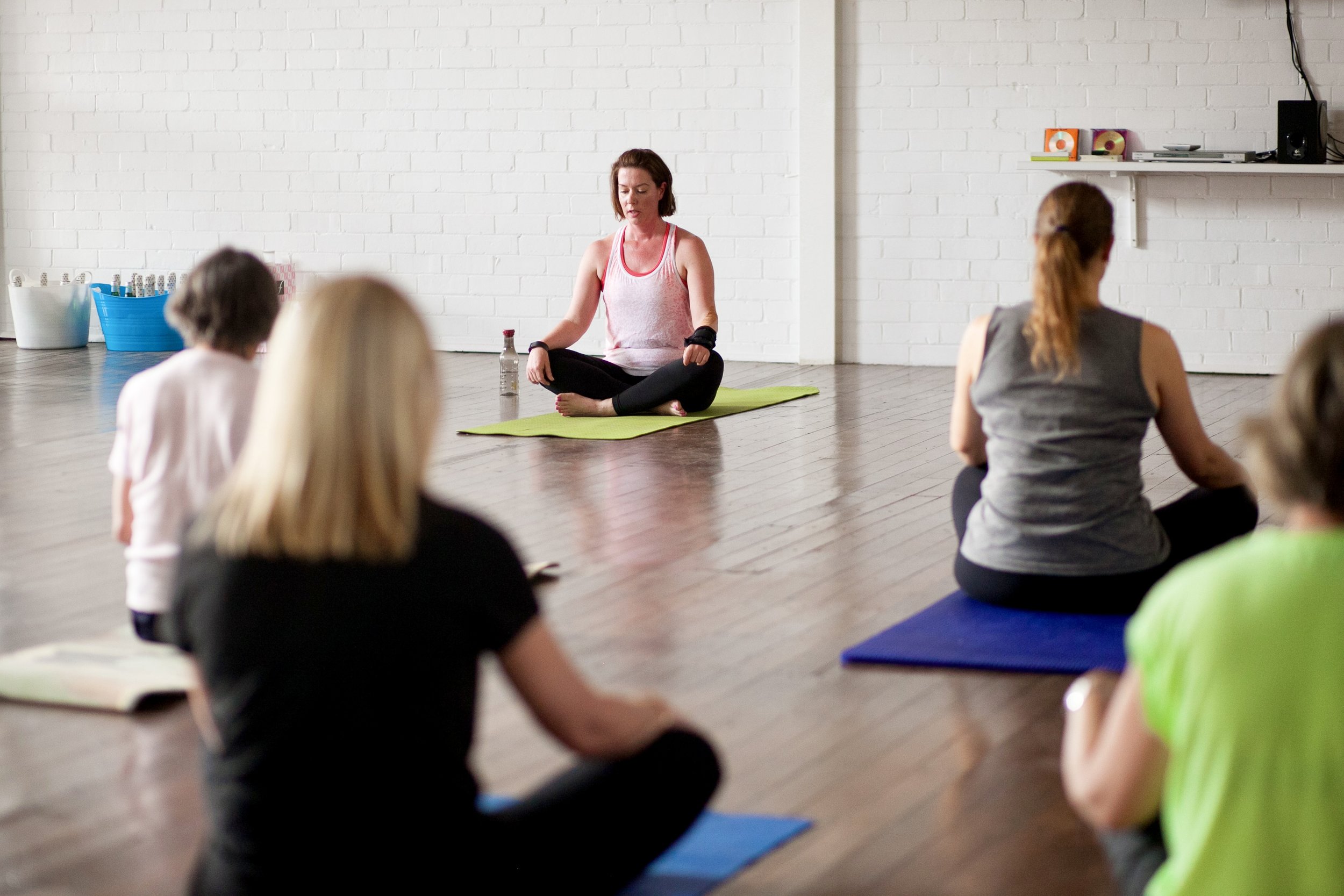The Other Day in Yoga Class…
The other day, I started teaching my yoga class, guiding everyone to settle into the present moment by focusing on their breath. I asked them to silently send gratitude to their bodies for breathing 24/7—an automatic, life-sustaining act that we so often take for granted.
And then I thought of my beautiful friend, Sara, who recently passed away. She no longer breathes.
It was one of those strange, unexpected moments of grief that hits like a wave out of nowhere. For a few seconds, I thought to myself, I can’t do this today. I’m going to have to tell everyone to go home. I just want to run away.
But I followed my own advice. I focused on my breath, anchoring myself in the present moment. I kept teaching, and somehow, the class became an hour of moving meditation—a temporary respite from my grief. Sharing the practice of yoga with my community brought me back to my happy place.
Why Does Yoga Calm Us So Much?
The Yoga Sutras of Patanjali, compiled in the early centuries CE, offer an answer: “The restraint of the modifications of the mind-stuff is Yoga.”
Put simply, yoga happens when our minds stop racing—when we’re not caught up in scattered thoughts, wants, or criticisms. In those moments of quiet presence, we experience yoga. Or even more simply: peace is yoga.
According to Patanjali, there are eight ways to cultivate this peace:
Ethical living (yama)
Self-care (niyama)
The physical practice of yoga (asana)
Focused breathing (pranayama)
Withdrawal from external distractions (pratyahara)
Mindfulness (dharana)
Meditation (dhyana)
Noticing and relishing in moments of peace (samadhi)
When you come to a yoga class, you naturally practice many of these: self-care, physical movement, breath awareness, mindfulness, and meditation. Even if you don’t realise it, you’re actively creating space for peace.
The Science Behind Yoga and Mental Health
Modern science is beginning to catch up with what yogis have known for centuries—yoga profoundly benefits mental health.
As Katherine Latham from the BBC explains:
”All exercise is known to boost your mood by lowering levels of stress hormones and increasing the production of endorphins – often referred to as the "feel-good chemicals". But the combined postures, breathing and meditative exercises in yoga may have additional benefits, reducing anxiety, stress, depression and improving overall mental health. Studies have shown that yoga can improve the short-term symptoms of depression, for example.”
(I highly recommend reading the full article—linked here.)
A Lifelong Practice
I’m so grateful for my yoga practice, especially during really tough times. But more than that, I’m grateful that yoga has been a part of my life for the past 26 years.
The beauty of yoga is that it builds and grows with you over time. Each breath, each practice, each moment of stillness is like a drop of water in a reservoir—eventually, it fills you with a deep well of resilience and peace.
Even when grief and life’s challenges arise, yoga remains—a steady, grounding presence. And for that, I am endlessly thankful.

